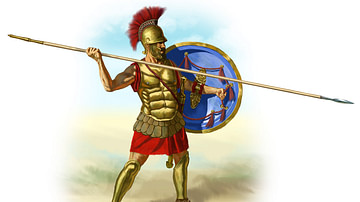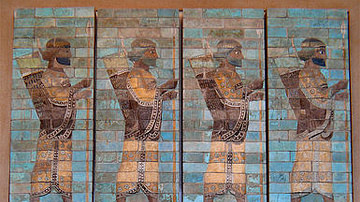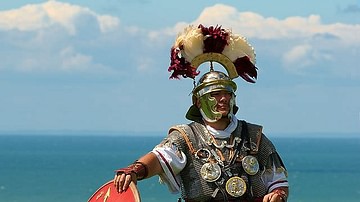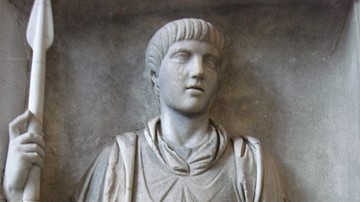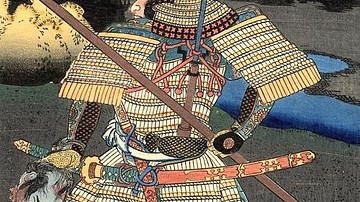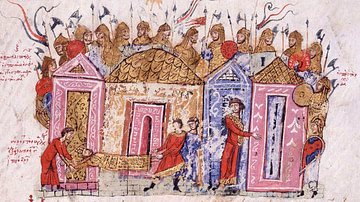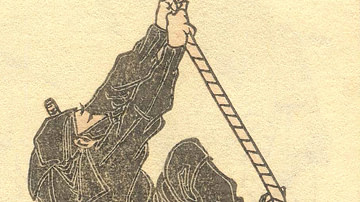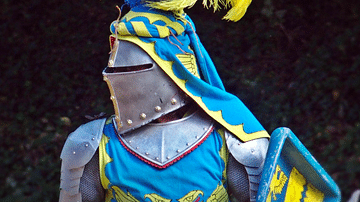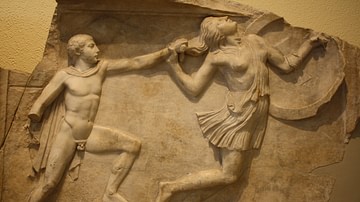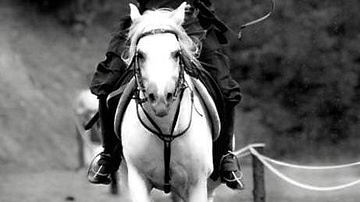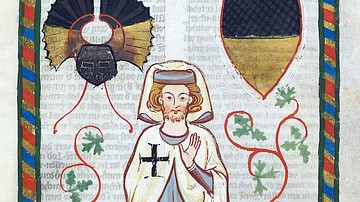Winning battles and forging empires was not just about numbers but also the quality of the troops at any commander's disposal. The best-trained, best-equipped and most experienced fighters could be moulded into devastating units that could turn a battle or even make an enemy so afraid that an engagement was avoided in the first place. The Greeks had their hoplites with heavy armour and large round shields who could work together to form an impenetrable battle line: the phalanx. The Persian elite troops were the Immortals, a constantly replenished force of precisely 10,000 men. The Roman centurion was a battle-hardened officer who ensured the legions did not forget their discipline while the Praetorian Guard, with their flashy armour and triple pay, protected the emperor. Byzantine emperors took similar precautions and surrounded themselves with huge axe-wielding Vikings: the Varangian Guard.
On the other side of the world, the most feared warrior was the Japanese samurai, an expert with a bow and a sword made from the finest and sharpest steel yet seen anywhere. For more covert tactics there was the ninja, a highly-trained specialist in espionage, sabotage and assassination, who employed such silent but deadly weapons as the throwing star. Finally, into the Middle Ages and the medieval knight who was covered from head to foot in armour and, riding in groups of heavy cavalry, was capable of persuading the enemy to surrender before they even worked up to a gallop. In this collection, we look at these elite warriors and more, examining their contributions on the battlefield, their codes of conduct and their lasting legacies in military history.
Reporting to the tribunes, centurions were responsible for training legionaries, assigning duties, and maintaining discipline amongst the ranks. They themselves were expected to display valour in battle and stand resolute when things were not going so well, and if they did not they could face execution.
